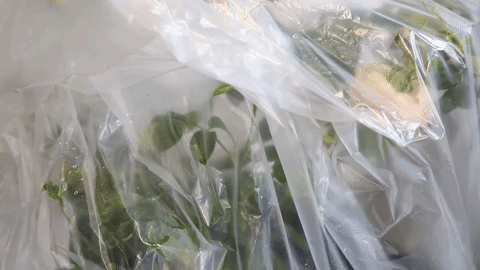Even Roses can “become” a weed.
Arguably the most desired -- one could say cliché -- flower in the world.
Yet,
before becoming widely commercialized, all roses were wild flowers.
In Missouri, Multiflora roses have made use of their highly adaptive nature to escape the ornamental, manicured or managed bounds they were intended to stay in or delineate. They've push their way in and through, crawled in and out, settled under and over. Now that they grow in third landscapes, now that they've taken over native plants, now they've defied control, they've been declared a weed.

"Multiflora rose is an exotic invasive perennial shrub native to China, Japan, and Korea (Zheng et al 2006; Dirr, 1998; Amrine and Stasny, 1993). Introduced into the United States in the 1860s (Dryer, 1996), multiflora rose was used in the horticultural industry as readily available rose root stock for rose breeding programs and as an ornamental garden plant (Amrine and Stasny, 1993). By the 1930s it was widely planted in the Midwest and northeastern states at the encouragement of the USDA, Soil Conservation Service for erosion control programs, wildlife habitat enhancement programs, and as a natural barrier to roaming farm animals (i.e. “living fence”) (Amrine and Stasny, 1993; Evans, 1983).
During the 1960s, conservationists were warning others of the dangers of this plant to unmanaged natural areas. However, many state conservation departments and agencies still encouraged interested people and organizations to plant multiflora rose to create a source of food for song birds and for wildlife cover for many kinds of animals [...]
Evans (1983) also states that some highway departments encouraged the use of multiflora rose on highway median strips to reduce headlight glare from oncoming traffic and as a natural crash barrier to stop out-of-control cars because of this species’ ability to form dense thickets quickly.
As with other exotic invasive plants, multiflora rose was promoted for the wrong reasons while being planted widely throughout the Midwest, northeast, and elsewhere. It has escaped cultivation spreading into private and public lands, and as a result has been classified as a noxious weed in many states. (Dryer, 1996; Symonds, 1963; Munger, 2002)""